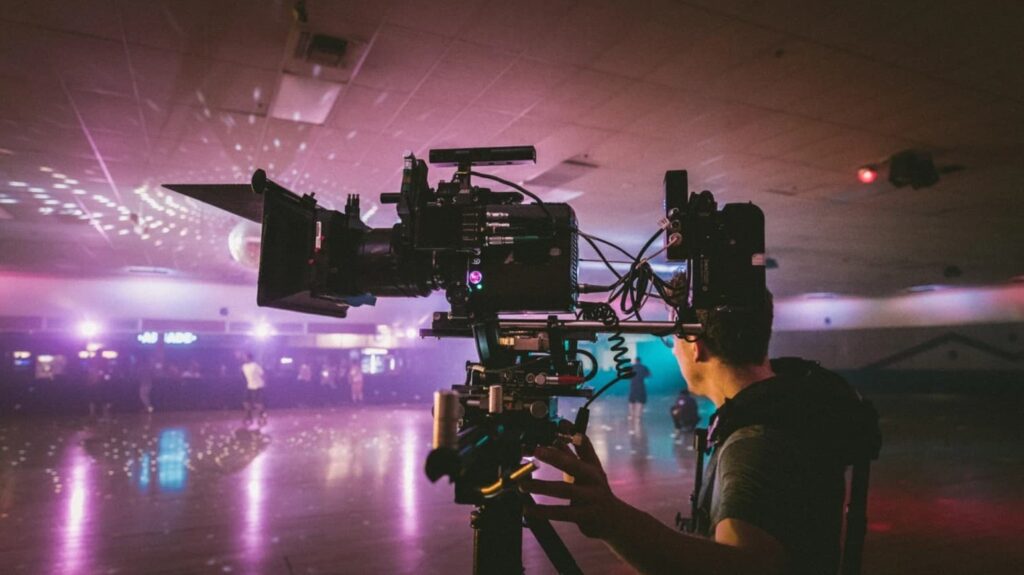Cinema, as an art form, is a mesmerizing amalgamation of various elements such as storytelling, visual aesthetics, sound design, and performance. It possesses the unique ability to transport audiences to different worlds, evoke emotions, and provoke thoughts. However, beneath the surface of what we see on screen lies a complex web of intricacies that contribute to the magic of cinematic art. In this article, we delve into the multifaceted nature of cinema, exploring its nuances and shedding light on the elements that make it such a powerful medium of expression.
The Art of Visual Storytelling:
At the heart of cinematic art lies the art of visual storytelling. Through the arrangement of images, composition, lighting, and camera movements, filmmakers craft narratives that resonate with audiences on a profound level. Every frame is meticulously designed to convey meaning, evoke mood, and propel the story forward. Whether it’s the sweeping landscapes of an epic adventure or the intimate close-ups of a character-driven drama, the visual language of cinema communicates ideas and emotions in ways that words alone cannot.
Crafting Cinematic Aesthetics:
Cinematographers are the visual architects of a film, utilizing their technical expertise and artistic sensibilities to capture breathtaking images that leave a lasting impression on viewers. From the vibrant colors of a Wes Anderson film to the gritty realism of a Martin Scorsese masterpiece, each cinematographer brings a unique style and perspective to their work, enriching the cinematic experience with their visual storytelling prowess. Their ability to manipulate light, shadows, and composition creates a rich tapestry that enhances the narrative and immerses the audience in the world of the film.
Sound Design and Music:
In addition to visuals, sound plays a pivotal role in shaping the cinematic experience. Sound design encompasses everything from dialogue and ambient noise to music and sound effects. It helps create atmosphere, enhance emotion, and immerse viewers in the world of the film. A well-crafted sound design can transport audiences to distant planets, evoke a sense of dread in a horror film, or evoke nostalgia in a period piece. Music, in particular, has a profound impact on the emotional resonance of a film. From the haunting melodies of Ennio Morricone to the epic orchestral scores of Hans Zimmer, film composers use music to enhance storytelling and evoke powerful emotions in the audience.
The Harmonies of Film Scores:
Equally important is the role of music in cinema. Film scores have the power to elevate a scene, evoke emotion, and become iconic in their own right. Whether it’s the haunting melodies of Ennio Morricone in “The Good, the Bad and the Ugly” or the triumphant theme of John Williams’ “Star Wars,” music has the ability to capture the essence of a film and linger in the minds of audiences long after the credits roll.

Performance and Direction:
Of course, none of these elements would matter without the talent and skill of the actors and directors who bring stories to life on screen. Acting is a delicate art form that requires empathy, intuition, and vulnerability. A great performance can transcend language barriers and touch the hearts of viewers from all walks of life. Likewise, directing is a collaborative effort that involves guiding actors, shaping performances, and making creative decisions that shape the overall vision of the film.
Pushing Boundaries: Innovations in Cinematic Artistry:
In recent years, advancements in technology have expanded the possibilities of cinematic storytelling. From groundbreaking visual effects to immersive virtual reality experiences, filmmakers are constantly pushing the boundaries of what’s possible in cinema. These innovations not only enhance the viewing experience but also challenge audiences to engage with film in new and exciting ways.
In conclusion, the intricacies of cinematic art are vast and multifaceted, encompassing everything from visual storytelling and sound design to performance and direction. Each element plays a crucial role in shaping the cinematic experience, allowing filmmakers to create works of art that resonate with audiences on a deep and profound level. As we continue to explore the world of cinema, let us appreciate the craftsmanship and artistry that go into making each film a masterpiece.
Moreover, the enduring allure of cinematic art lies in its ability to transcend cultural boundaries and speak to the universal human experience. Through the collaborative efforts of talented individuals across various disciplines, cinema continues to evolve and inspire, leaving an indelible mark on the fabric of our society. As we celebrate the intricacies of cinematic art, let us embrace its power to enlighten, entertain, and enrich our lives.




